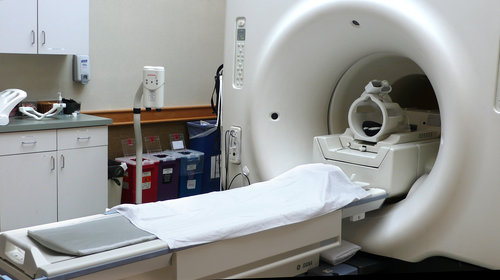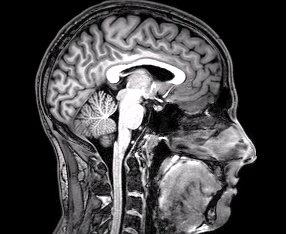360 SHS Introduces Maria!
360 SHS Introduces Amanda!
Did You Know Your Brain has an Immune System?

Not only does your brain have an immune system, but you can also boost it. Behavioral scientists say that this type of immune system connects to your self-esteem, self-worth, and self-concept. But how do you boost your brain’s immune system?

Did You Know Your Brain has an Immune System?
The term “psychological immune system” was created by psychologists Daniel Gilbert and Timothy D. Wilson. It’s the idea that the brain protects the self, or self-image, from whatever threatens it like an immune system would.
So what do you do when your self-image or self-worth is being attacked?
Positive Self Talk
Just like you would point out all the wonderful things about your friends, do the same for yourself. Remind yourself that you are loved and are valuable.
Make sure to keep a line between being positive but not arrogant.
Don’t Use Bad Coping Mechanisms
It’s easy to slip into bad habits when times get tough. Bad coping mechanisms are like binge-watching Netflix to avoid your problems. Maybe drinking three glasses of alcohol instead of the one you planned.
Avoidance is your brain’s immune system’s tactic, even if it’s not good in the long run. It’s always good to go with the long term solution instead of the immediate one.
Exercise
Exercise is known to reduce stress and anxiety, and many people experience a better mood when they finish—even taking a short walk counts.
Read more here.
A New and Better Way to Do MRIs

While we have gotten far with technology, there’s still so much we don’t know about what happens in our bodies. The brain, in particular, is an enigma that scientists have been trying to solve for decades. Now, a better way to do MRIs have been discovered and could help unlock the secrets of natural aging and how it affects the brain.

A New and Better Way to Do MRIs
The standard MRIs allow us to look at the brain in a non-invasive manner. It can produce images that guess the volume of the brain, but it can’t measure what changes happen in the molecular composition of it. MRIs can’t show the difference between regular changes that happen with age and the devastation caused by Alzheimer’s or other cognitive diseases.
The researchers at the Edmond and Lily Safra Center for Brain Sciences at The Hebrew University of Jerusalem created a new and better way to do MRIs. They say they changed it from a “camera of the brain” to a measuring device that can quantify and characterize changes in the brain tissue.
It’s called quantitive MRI.
Instead of creating images of the brain, they use biophysical models. Biophysical models focus on creating models using mathematical theories. This type of model can show changes in the water content, and the molecular composition of the brain, like blood tests analyzes a patient’s blood.
Using this type of MRI allows doctors to compare different scans of the same person or between a healthy and unhealthy brain. It can predict the concentrations of various lipids and also the ratio of proteins to lipids in the brain. What this means is that now we have more less invasive ways to study the brain.
Read more here.
Older Americans are Taking Too Many Antibiotics

Usually, antibiotics are a good thing, but right now, older Americans are being prescribed too many of them. People over 65 have the highest rate of outpatient prescribing out of any other age group. This is a huge problem.

Older Americans are Taking Too Many Antibiotics
Why are people taking so many antibiotics a problem? Overusing them can cause a severe public health threat because they create drug resistance. Infectious bacteria adapt to medications and make drugs lose their power. This means that people have to use harder, less potent, and more expensive options.
Two million Americans get antibiotic-resistant infections annually, and 23,000 die from them.
They can also interact poorly with other medications, specifically ones that older people take. Examples include statins, blood thinners, kidney, and heart medications.
A specific type of antibiotics known as fluoroquinolones has serious side effects. Yet, it’s one of the most common types that is prescribed. It can increase the risk of tendinitis and tendon rupture, nerve damage called peripheral neuropathy and can lead to low blood sugar.
In 2016, it was suggested that fluoroquinolones’ side effects outweigh it’s use when it comes to different common infections. It’s been connected to the difficult to cure C. difficile along with an earlier antibiotic, Clindamycin. This painful infection typically happens in older people.
Upper respiratory infections like colds, sinus infections, and bronchitis are often prescribed antibiotics when it’s not needed because they’re viral, not bacterial. Yet, doctors keep overprescribing antibiotics to older people.
Read more here.

